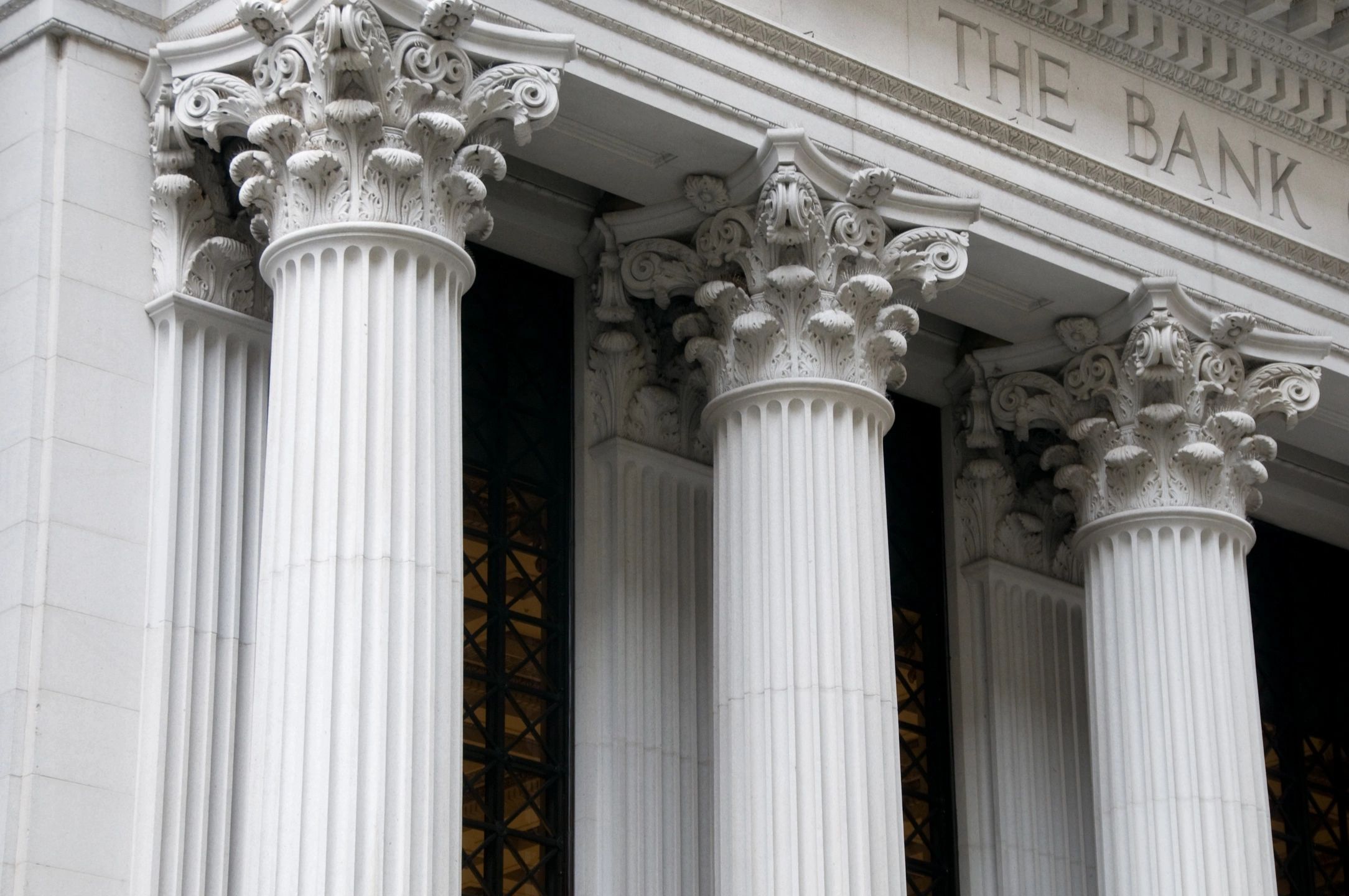Economists predict that the Bank of Canada will cut interest rates for a third consecutive meeting next week, continuing a steady downward trend in borrowing costs over the next year as inflation moderates.
Governor Tiff Macklem and his team are expected to lower the benchmark overnight rate to 4.25% at their September 4 meeting, based on the median estimate from an August poll conducted by Bloomberg.
Looking ahead, economists are forecasting faster and deeper cuts to borrowing costs, with the central bank expected to reduce the policy rate from its current 4.5% to 3% by next July. By 2026, the overnight rate is projected to average 2.75%, according to the data.
These survey results align with market expectations for a gradual shift toward less restrictive monetary policy. Traders in overnight swaps are also betting that Macklem will implement more than 150 basis points of easing by next summer. This would bring the Bank’s policy stance closer to the so-called neutral rate, where borrowing costs neither stimulate nor restrict economic growth.
Macklem’s goal of achieving a soft landing for the economy remains the base case scenario, economists suggest. Canada’s economy is expected to grow by 1.7% in 2025 as interest rates begin to ease and export growth picks up, matching the United States for the fastest growth rate among the Group of Seven nations. Inflation is projected to hit the Bank’s 2% target by the end of 2025, down from the current annual rate of 2.5%.
This shift in outlook coincides with changing expectations for the U.S. Federal Reserve’s policy path, where Chair Jerome Powell is anticipated to join the global trend toward easing monetary conditions in September. Earlier this month, markets began pricing in quicker and deeper cuts in Canada after U.S. data indicated a more rapid weakening of the labor market than expected.
Given the deep economic ties between Canada and the U.S., a slowdown in the U.S. is likely to impact Canada as well. With the Fed set to cut rates, Macklem can continue to normalize borrowing costs without the risk of moving too far ahead of the Fed and potentially affecting the value of the Canadian dollar. This reconvergence of the two countries’ policy stances offers some relief to Prime Minister Justin Trudeau and Canada’s fiscal policymakers, who are facing political challenges and elevated debt service costs. Yields on 10-year Canadian government bonds, a key factor in federal interest costs, are expected to average around 3% over the next year, down from over 3.25% in the July survey.
The survey, conducted from August 16 to 21, included responses from 26 economists.



